Let the events of 1918 shape your travels in 2018
- Share via
This year marks the 100th anniversary of World War I, the war to end all wars, when a hastily crafted armistice was signed in France on “the eleventh hour of the eleventh day of the eleventh month.” The end of the war dominated the world’s attention, but other events also would leave their mark on history. Here are 18 centennials worth noting, from the somber to the silly.
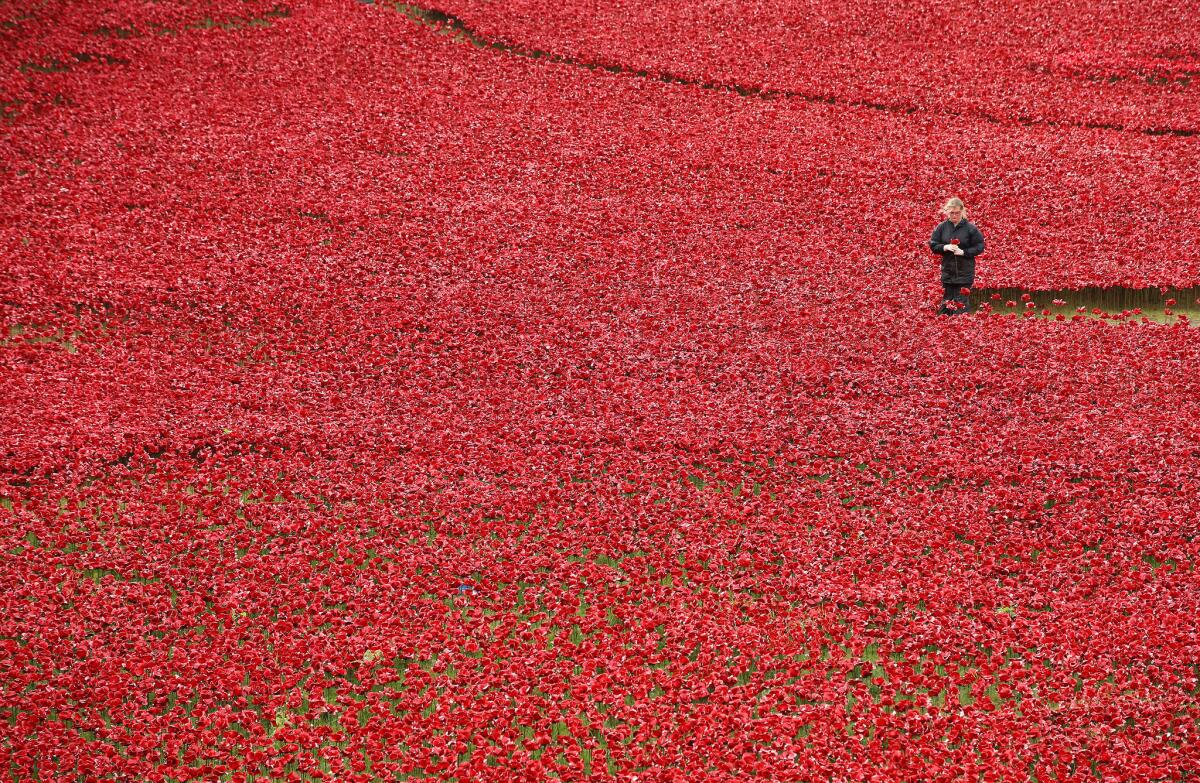
1. The Great War
Many events and memorials are planned in Europe to mark the end of World War I. The In Flanders Fields Museum in Ypres, Belgium (for the poem that immortalized red poppies as a symbol of war dead), will present “Traces of War” starting Feb. 17. The exhibition displays artifacts unearthed in covered-up trench sites.
France invites visitors to tour trenches and shelling areas as well as cemeteries, museums and memorials in towns that were once battlefields along the Western Front.
Info: France World War I
Britain’s traveling art installation of thousands of ceramic red poppies will move to the Imperial War Museums in Manchester (Sept. 8) and London (Oct. 6).
Info: 1418-Now
2. U.S. involvement
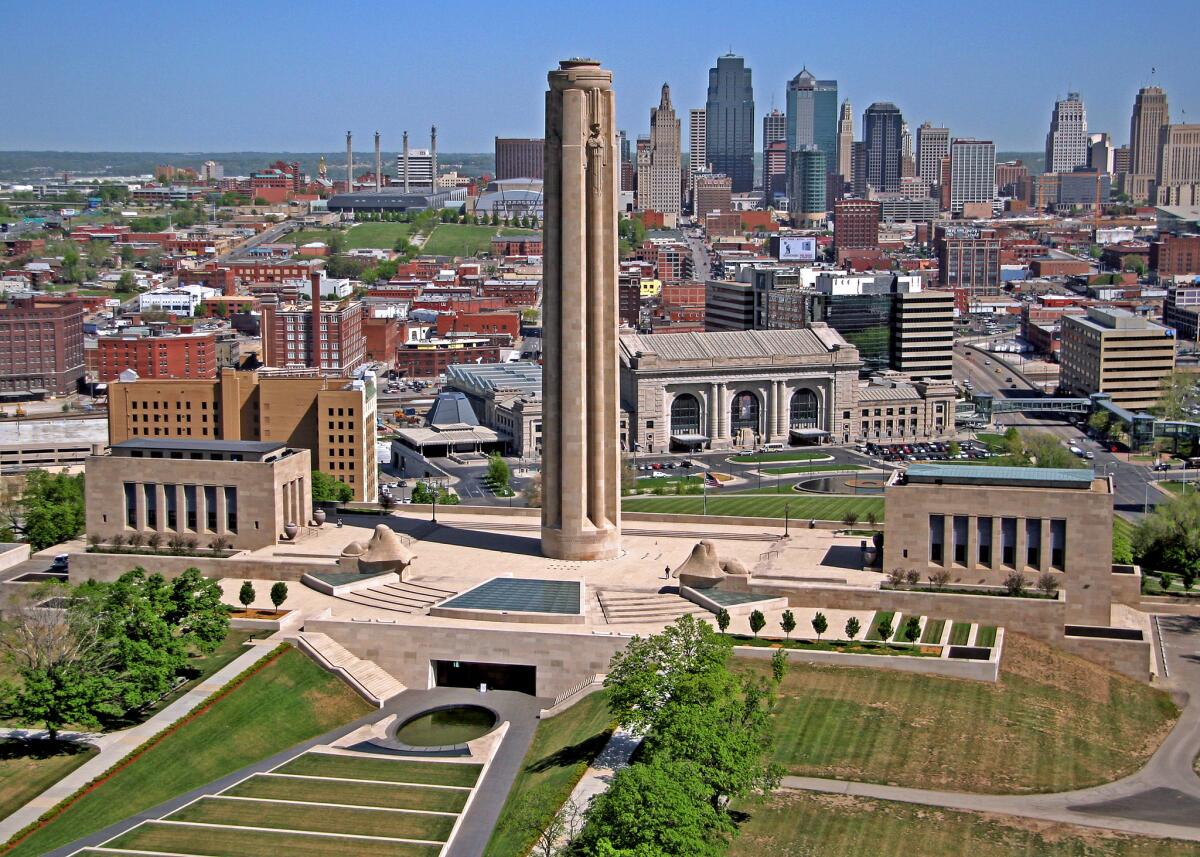
America didn’t enter World War I until 1917 but lost more than 100,000 U.S. troops in Europe in 19 months. The National WWI Museum and Memorial in Kansas City, Mo., chronicles the story of U.S. involvement in the Great War.
On display through May 13, “Images of the Great War: America Crosses the Atlantic” features works by British, German and American artists who tried to capture the treachery of the battlefields.
3. Red Baron in the U.S.
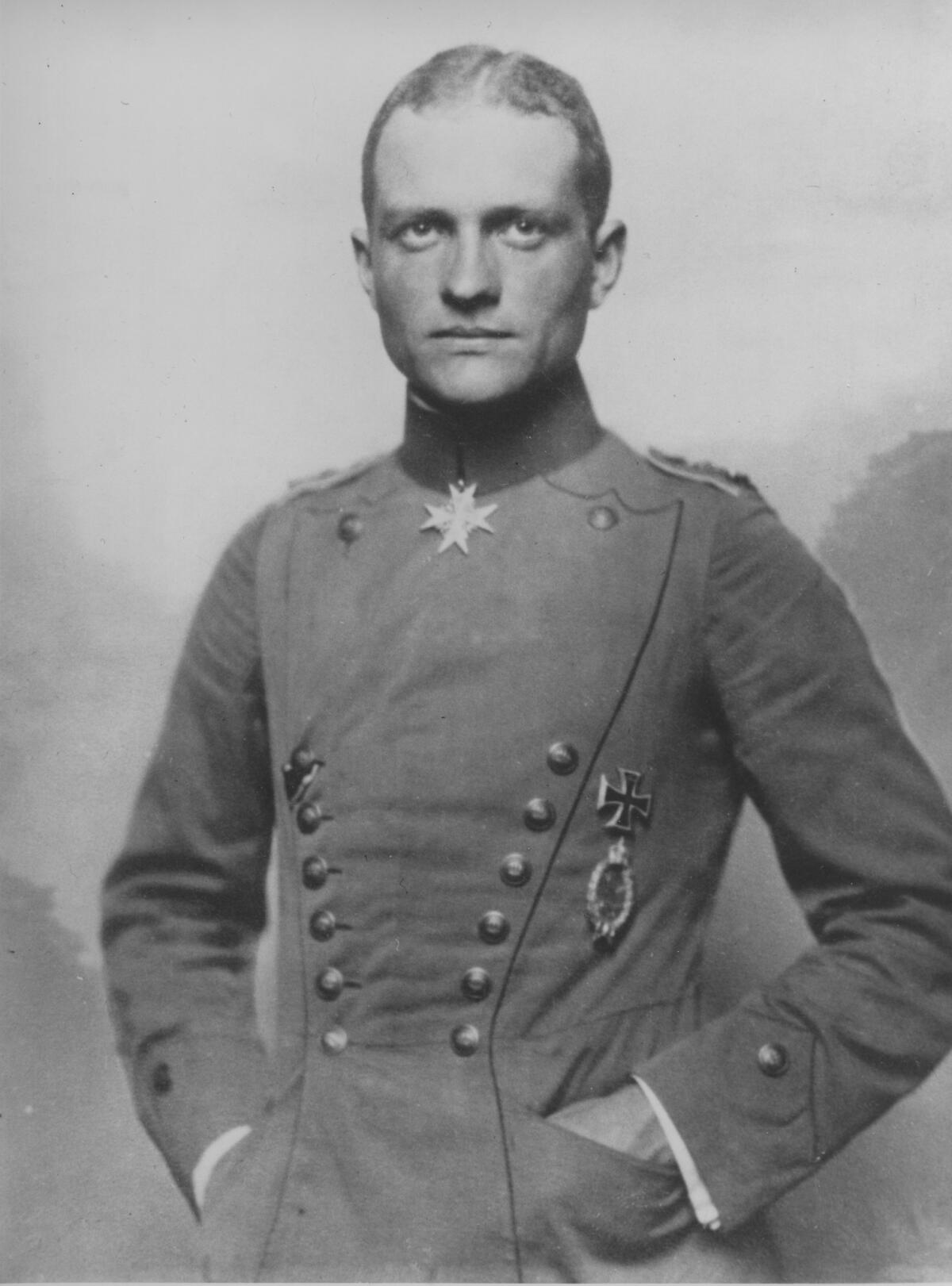
Perhaps the most infamous WWI enemy of the Allies was Germany’s Manfred von Richthofen, better known as the Red Baron. The flying ace shot down as many as 80 Allied planes before he suffered the same fate on April 21, 1918. He was 25.
He became part of American pop culture in 1965 when the “Peanuts” cartoon character Snoopy fought countless battles with the Red Baron from atop his doghouse-turned-fighter-plane. You can visit the Charles M. Schulz Museum in Santa Rosa, Calif., to see Snoopy, but the museum’s Snoopy and the Red Baron exhibit, including original art work, is traveling this year.
You can catch it March 23-June 17 at the Elmhurst History Museum in Illinois, about 18 miles west of Chicago, and July 21-Oct. 14 at the Military Aviation Museum in Virginia, Beach, Va., about 200 miles south of Washington, D.C.
Info: Snoopy and the Red Baron
4. A different kind of killer
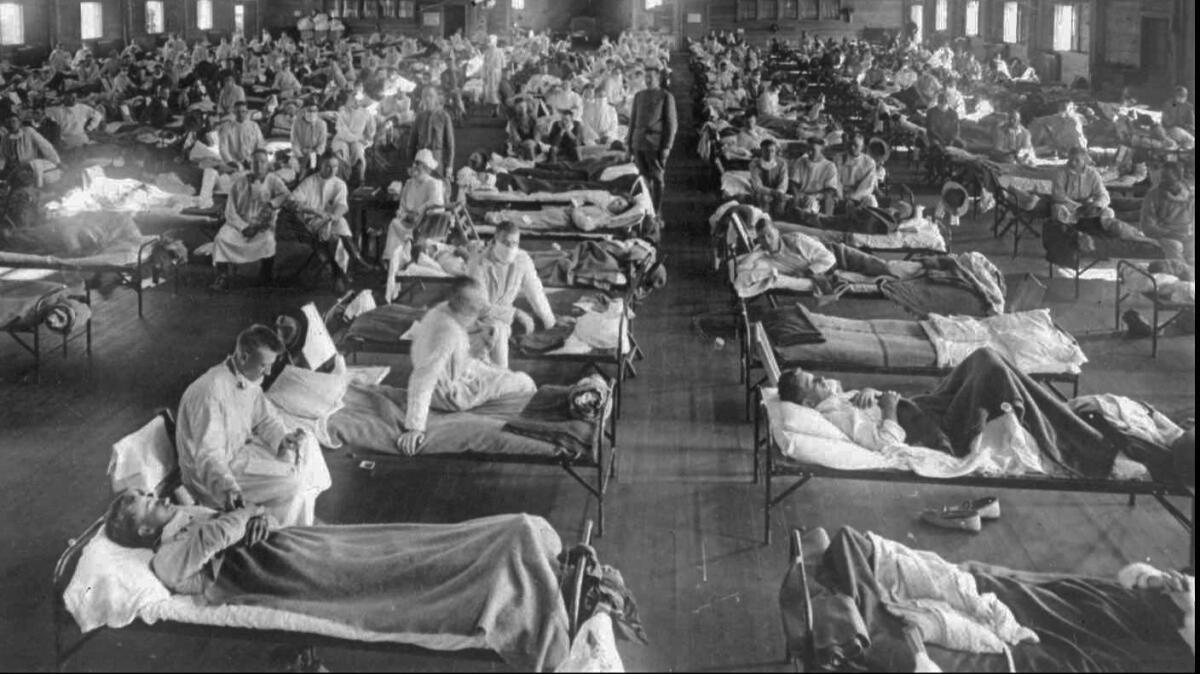
Just as World War I ended, a new kind of war broke out: influenza, or the Spanish flu. It began in the U.S. in Kansas and by the end of 1919 had killed as many as 100 million people worldwide.
To mark the epic pandemic, Smithsonian’s National Museum of Natural History will debut an exhibit "Outbreak: Epidemics in a Connected World" on May 18 that examines all kinds of scourges and viruses, as diverse as influenza, HIV and Ebola.
5. Prohibition
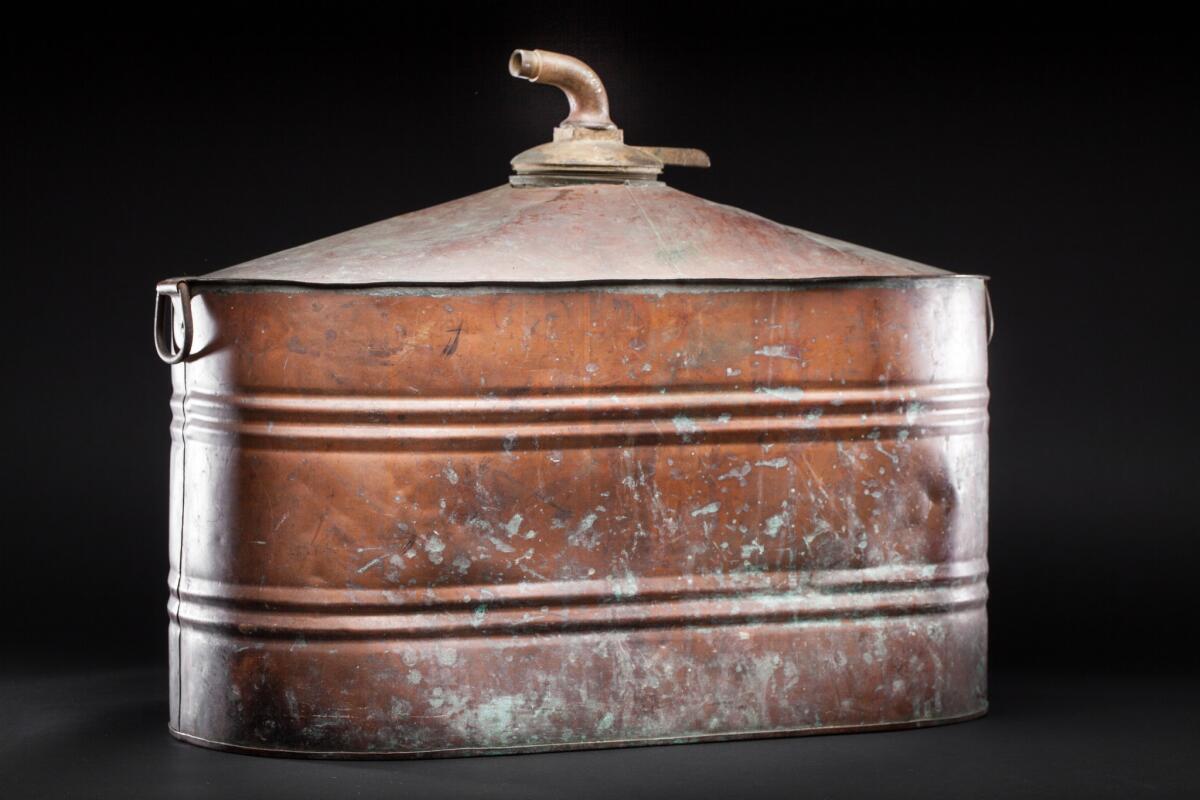
In 1918, Mississippi was the first state to vote for the 18th Amendment to the U.S. Constitution. The amendment banning alcohol was ratified a year later but was repealed in 1933.
Las Vegas’ Mob Museum (a.k.a. the National Museum of Organized Crime and Law Enforcement) is scheduled to open a permanent exhibit (a small exhibit is up now but an expanded exhibit opens in April) to mark how America reacted to the booze ban, complete with an underground speakeasy, as clubs illegally serving alcohol were known, and a vintage bootleg distillery.
Info: Mob Museum
6. Memorializing the Donner Party
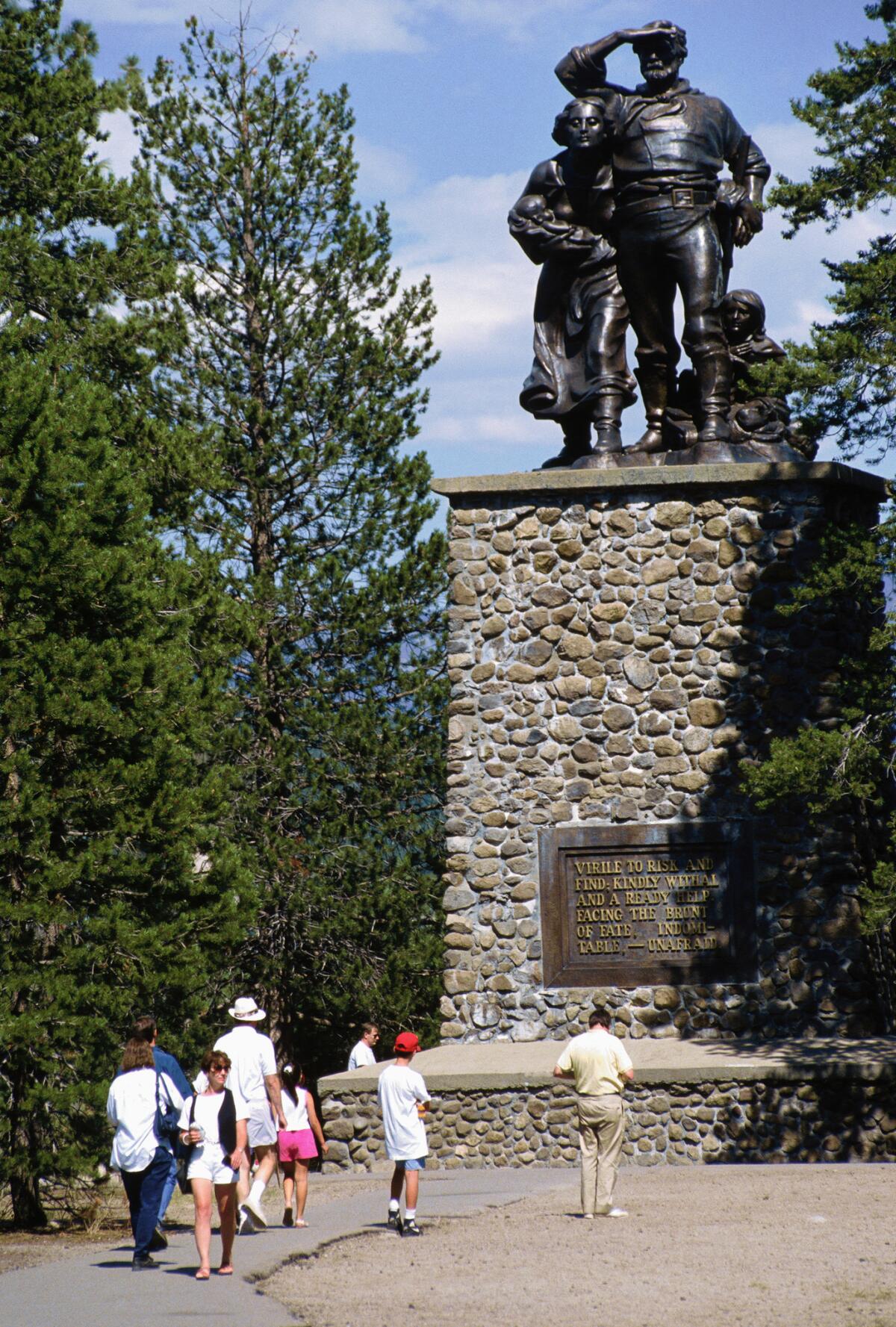
The bronze figures atop the Pioneer Monument in Truckee, Calif., that honors the Donner Party resemble a courageous American family. The truth is much darker.
The pedestal of the monument, dedicated in 1918, is 22 feet high, the same as the snow accumulation that thwarted the ill-prepared travelers in the winter of 1845-46. Of the 87 people who started the trek, 48 were rescued amid lurid tales of cannibalism.
Today it's an easy drive to and the spot where members of the party made their emergency home.
7. Plane wrong
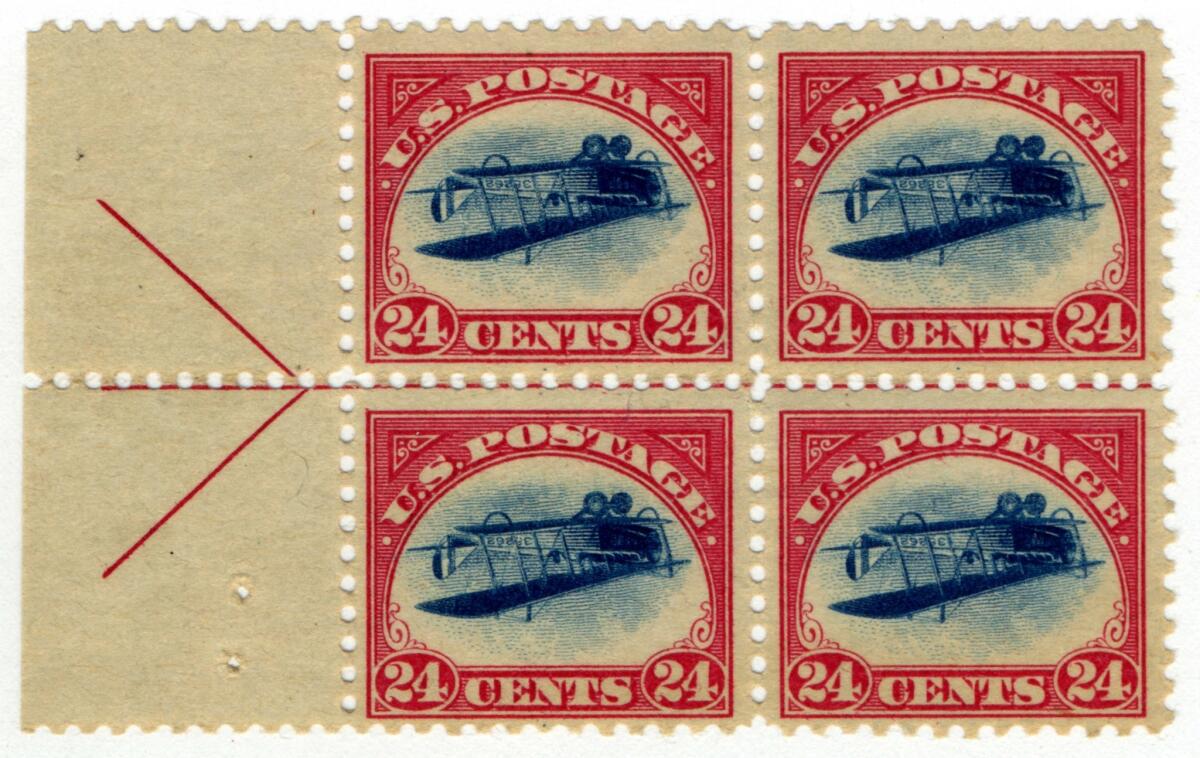
The biggest blooper in U.S. postal history happened in 1918 when 100 24-cent airmail stamps, featuring a Curtiss JN-4 airplane, known as a Jenny, were printed showing the biplane flying upside down.
The stamps never made it into circulation but did make it into collectors’ hands. One sold for more than $1 million in 2016. You can see this anomaly at the Smithsonian National Postal Museum in Washington, D.C.
8. Gone forever

The last Carolina parakeet, the only member of the parrot family native to the U.S., died in 1918 in a Cincinnati zoo. The same year, the Bird Migratory Treaty outlawed killing and selling of birds or their parts, such as feathers used in women’s hats and clothing.
The New-York Historical Society's upcoming exhibit "Feathers: Fashion and the Fight for Wildlife” explains how early activists took a stand for the birds. It runs April 6-July 15.
9. Growing concern
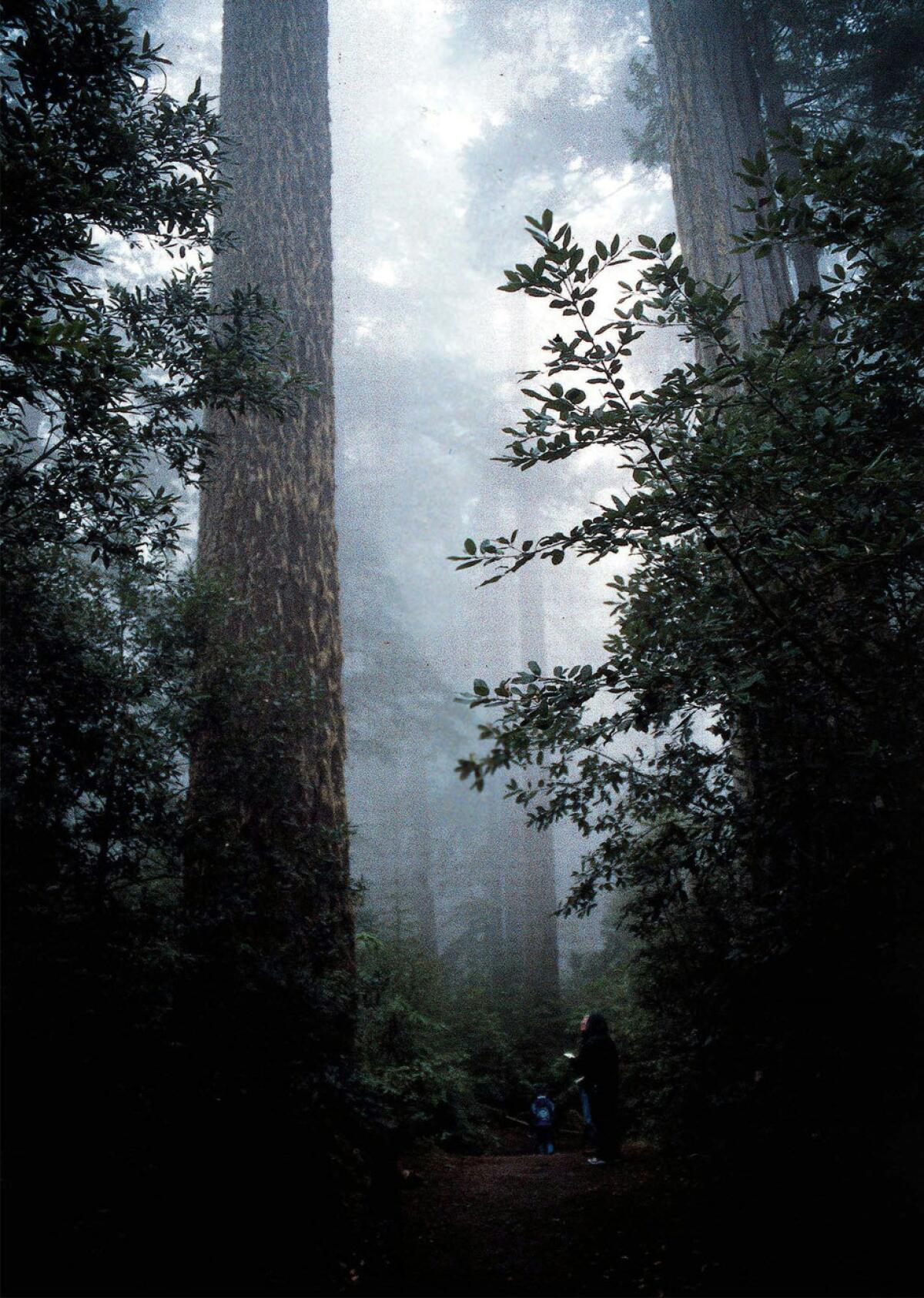
The Save the Redwoods League began in 1918 when early environmentalists realized that logging was destroying California's oldest and most stupendous redwood trees. The organization protects trees to this day.
To mark its centennial, the league is offering free day-use passes to more than 40 redwood state parks, including Big Basin Redwoods State Park near Santa Cruz and Calaveras Big Trees State Park near Arnold, on the second Saturday of each month in 2018.
Download a free pass before you go.
Info: Free Redwoods Days
10. History, art and the Golden State
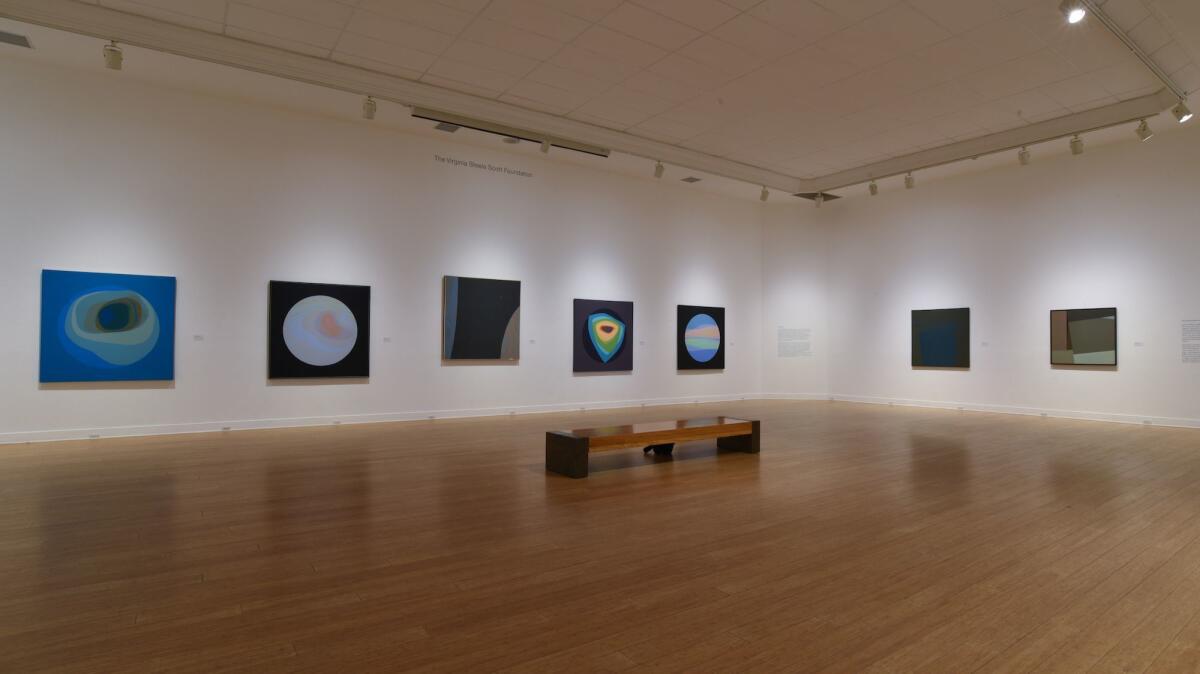
The Laguna Art Museum turns 100, still true to its mission of promoting “works of art that were created by California artists and represent the life and history of the state.” Impressionist artist Edgar Payne, who immortalized scenes from Topanga Canyon to the Sierra on canvas, was its first president.
Celebrate with the museum at a Centennial Bash on Jan. 27, a California art auction on Feb. 10 and a free 100th Birthday Party on Aug. 25.
Info: Laguna Centennial Bash
11. The planets align

Long before John Williams’ “Star Wars” became the soundtrack for the universe, there was British composer Gustav Holst’s “The Planets.”
No one had heard anything like the sci-fi music that characterized Mars and six other planets (Pluto hadn’t yet been discovered, let alone discredited) that debuted in a private concert in London in 1918. The piece has been popular ever since.
In 2018, the San Francisco Symphony will play "The Planets" April 26-29. Follow the link for a preview.
12. Celebrate a composer-conductor
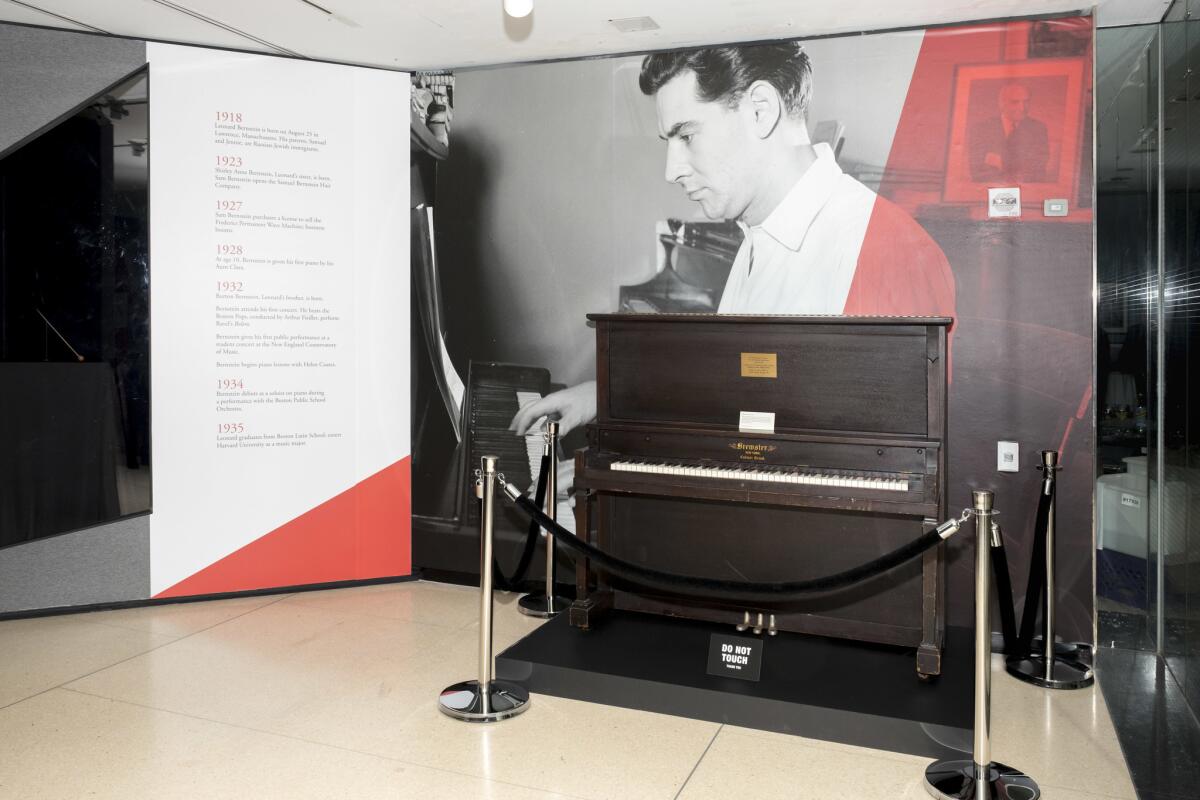
Leonard Bernstein, best known for composing “West Side Story” and “Candide,” was born Aug. 25, 1918.
In his centennial year, Bernstein will be celebrated with concerts worldwide and the L.A. Grammy Museum’s traveling exhibit, which features his conductor baton, his first piano, the desk where he wrote “West Side Story,” and handwritten scores for songs such as “Tonight” and “Maria.”
It’s at the New York Public Library through March 24 and opens April 26 at the Skirball Cultural Center in L.A.
13. Votes for (Britain’s) women
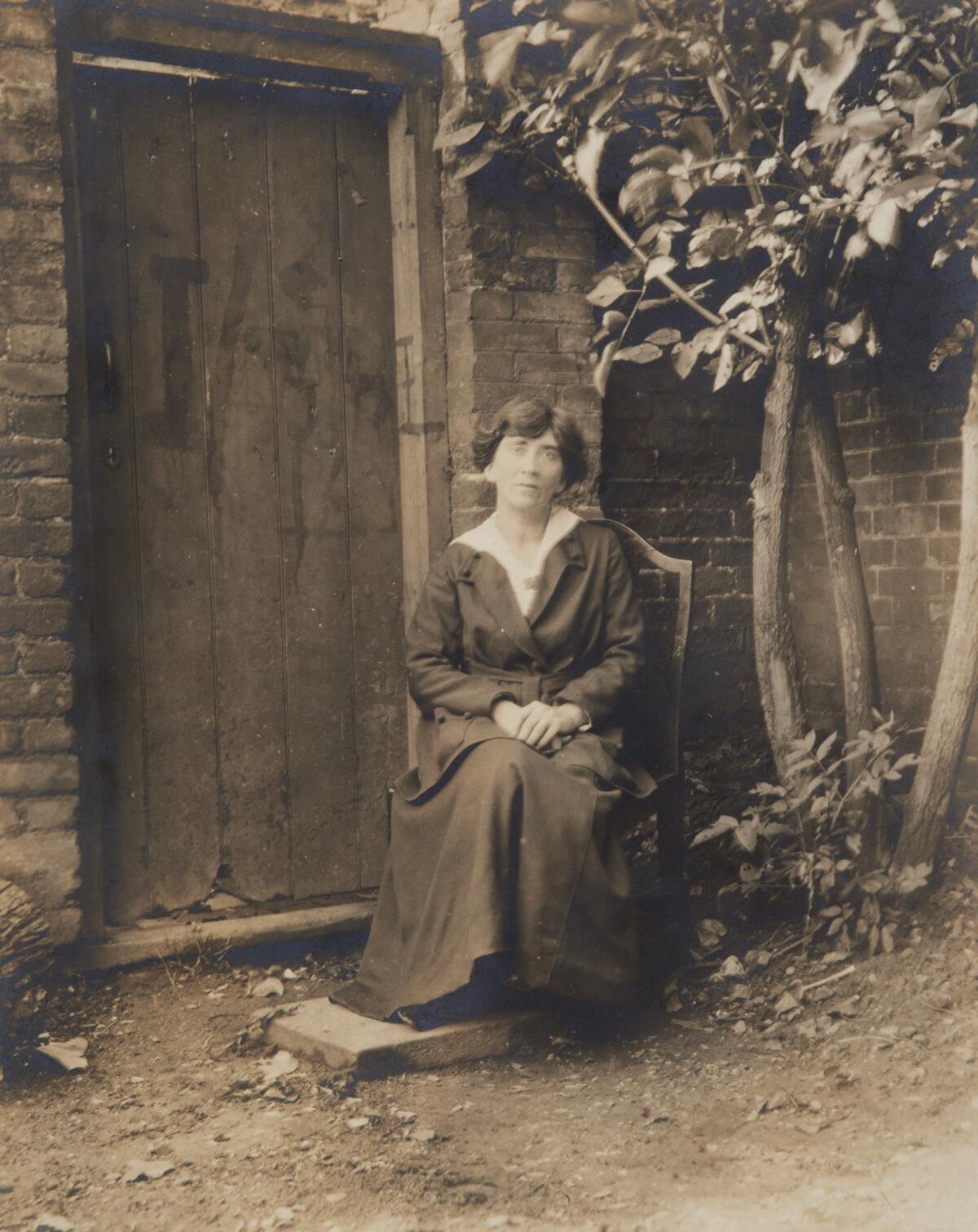
In 1918, Britain gave women older than 30 the right to vote. Women were allowed to run for seats in the House of Commons for the first time too. (American women would have to wait two more years until the 19th Amendment gave them the right to vote.)
To commemorate the century of voting, the Museum of London will host “Votes for Women,” an exhibit starting Feb. 2 that chronicles the stories of superstars of the suffrage movement, including Emmeline Pankhurst.
Info: Votes for Women
14. Another first for women
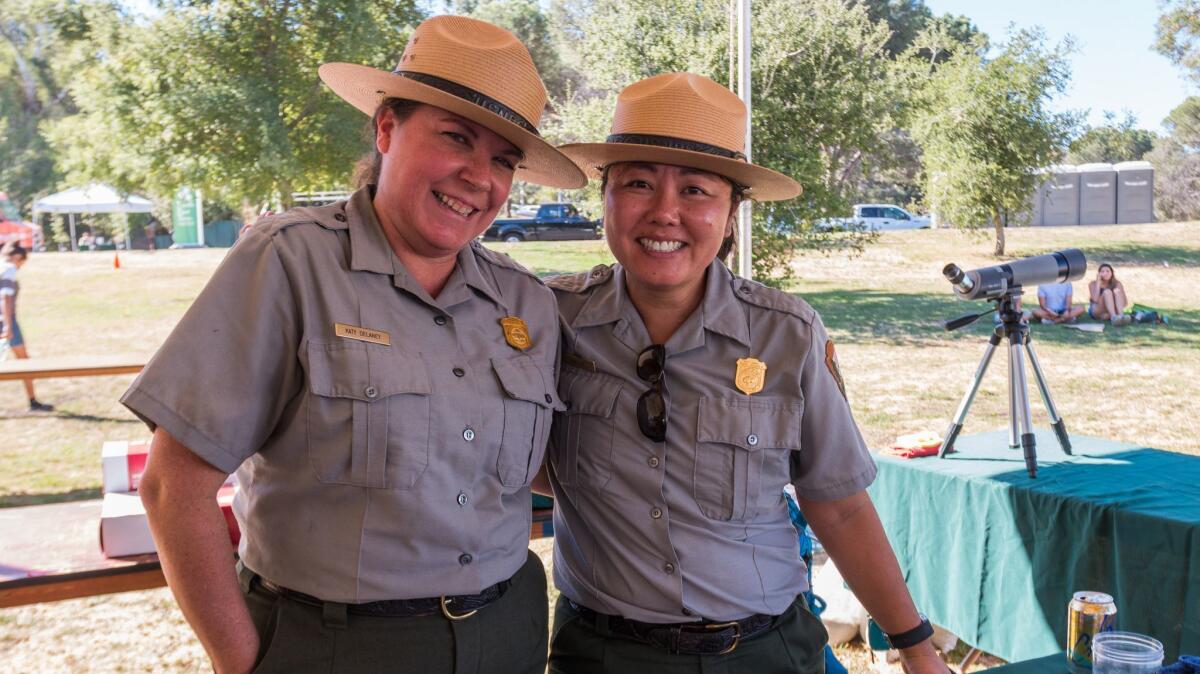
The National Park Service was founded in 1916, but it took two years and World War I staffing shortages for the hiring of the first woman park ranger. Clare Marie Hodges was just 18 when she took the job patrolling Yosemite National Park on horseback and riding overnight between Tuolumne Meadows and the park’s headquarters in Yosemite Valley.
Learn more about early rangers at the Museum of the National Park Ranger in Yellowstone National Park, where volunteer rangers share their stories with visitors. It’s open seasonally May through late September.
15. Take a dip
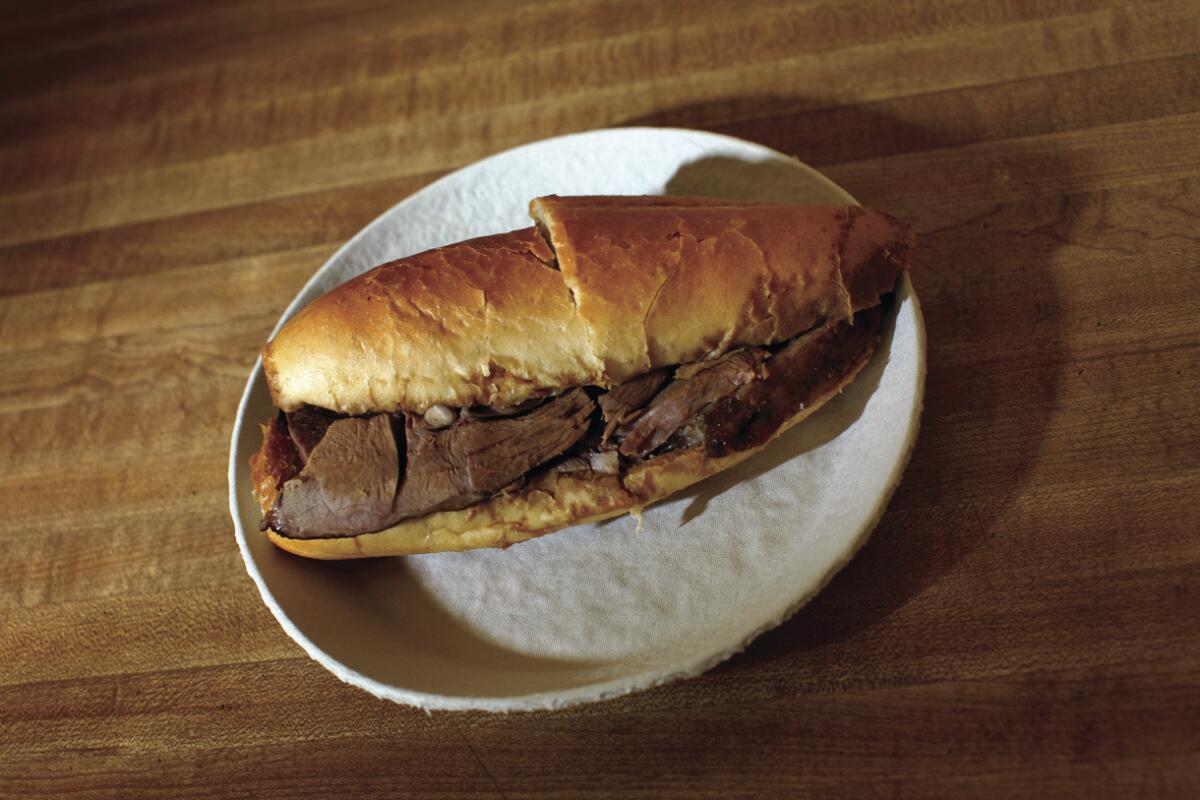
The French dip sandwich made its debut a century ago in Los Angeles, where two longtime rival restaurants have claimed credit for its creation. Either way, the classic hot dip made with thinly sliced roast beef or pork — and these days turkey, pastrami or lamb — on a French roll can be had at Philippe, 1001 N. Alameda St., and at Cole’s French Dip, 118 E. 6th St., for about $10.
Info: Philippe; Cole’s French Dip
16. Believe it
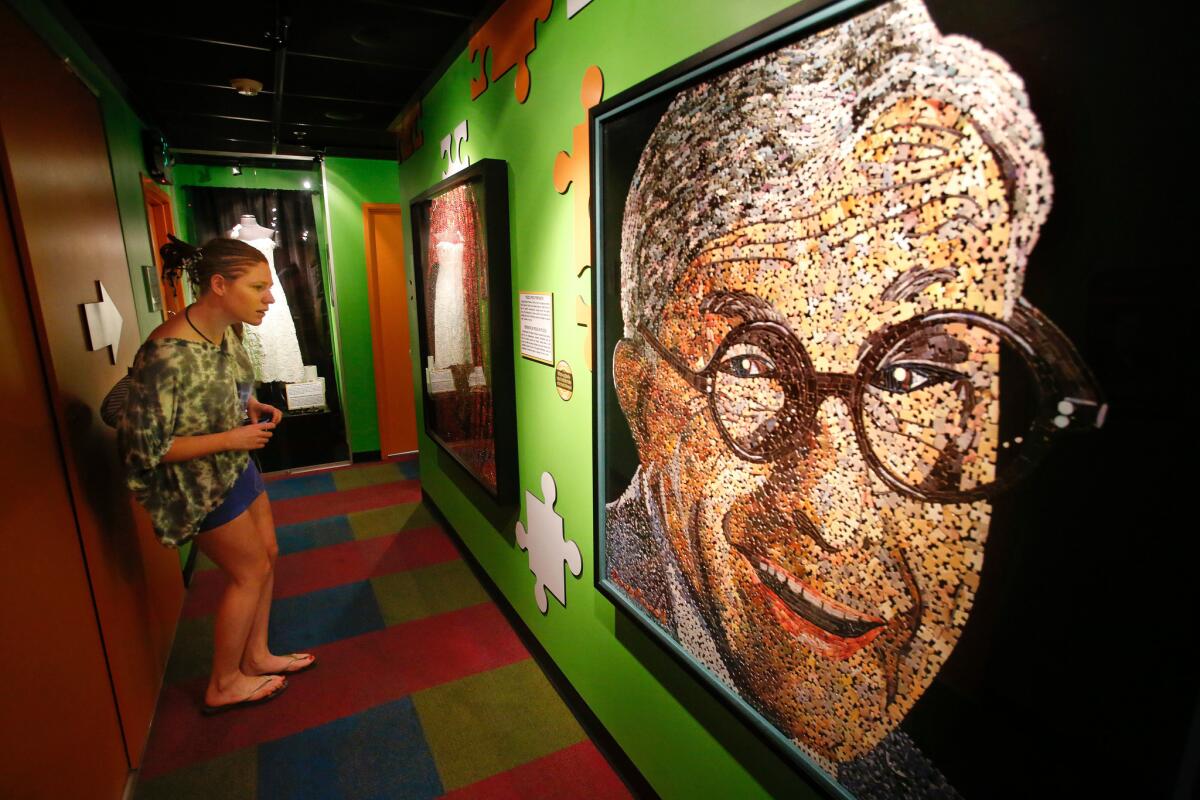
When Robert Ripley worked as a sports cartoonist for the New York Globe in 1918, he wrote a column called “Champs and Chumps” that featured bizarre athletic feats.
He changed the title before it was published to “Believe It or Not!” and an empire dedicated to all odd things was born.
Today there are odd collectibles at Ripley’s attractions in the U.S. and abroad. At the Hollywood site you’ll see for a limited time Luke Skywalker’s original light saber from “Star Wars,” shrunken heads and “an authentic vampire killing kit.”
Info: Hollywood Ripley’s
17. Remembering Mandela
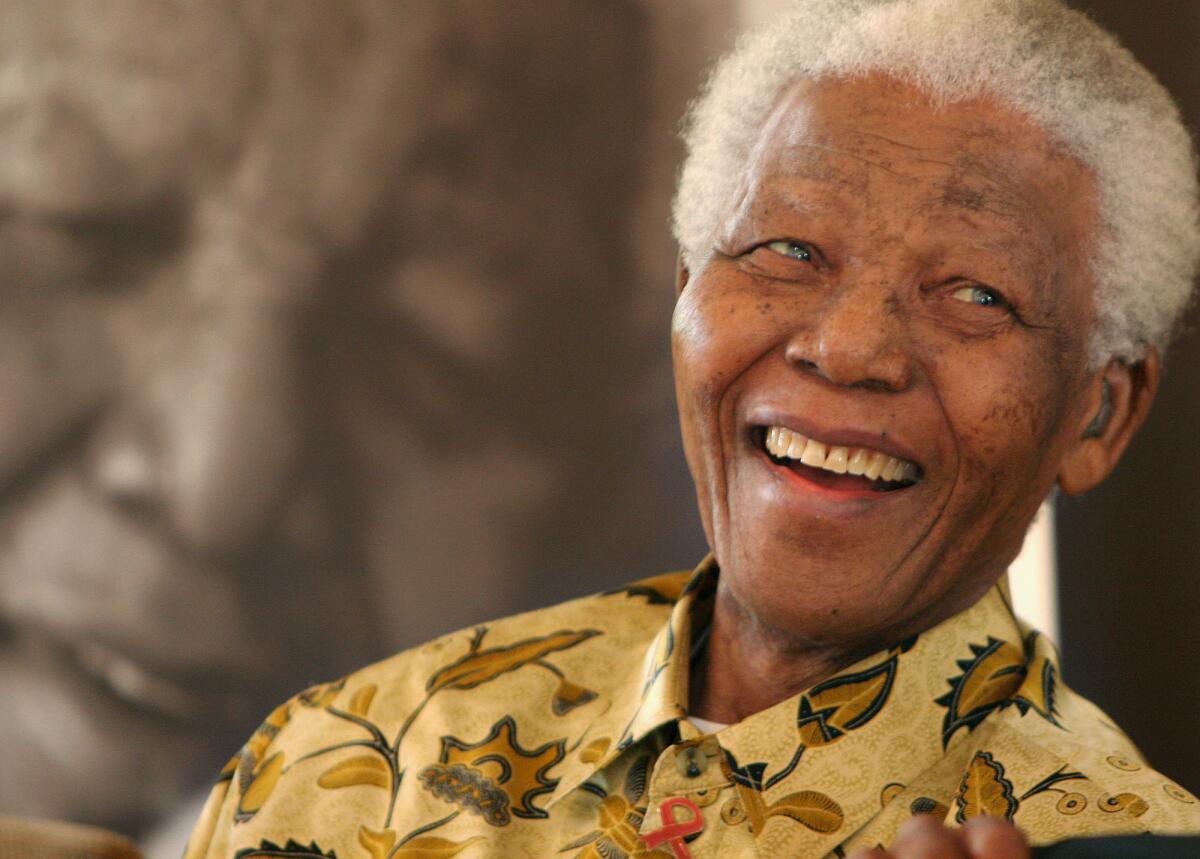
Seven years ago the United Nations declared July 18 Mandela Day. Nelson Mandela, the late imprisoned-activist-turned-leader, would have been 100 this year. With that milestone comes new traveling exhibit called “Nelson Mandela, My Life” that will debut in September at Australia’s Melbourne Museum.
Info: Nelson Mandela, My Life
To experience Mandela’s story, visit his prison cell at Robben Island in Cape Town, South Africa, and the permanent exhibit “The Life & Times of Nelson Mandela” at the foundation that bears his name in Johannesburg.
18. Keep on truckin’
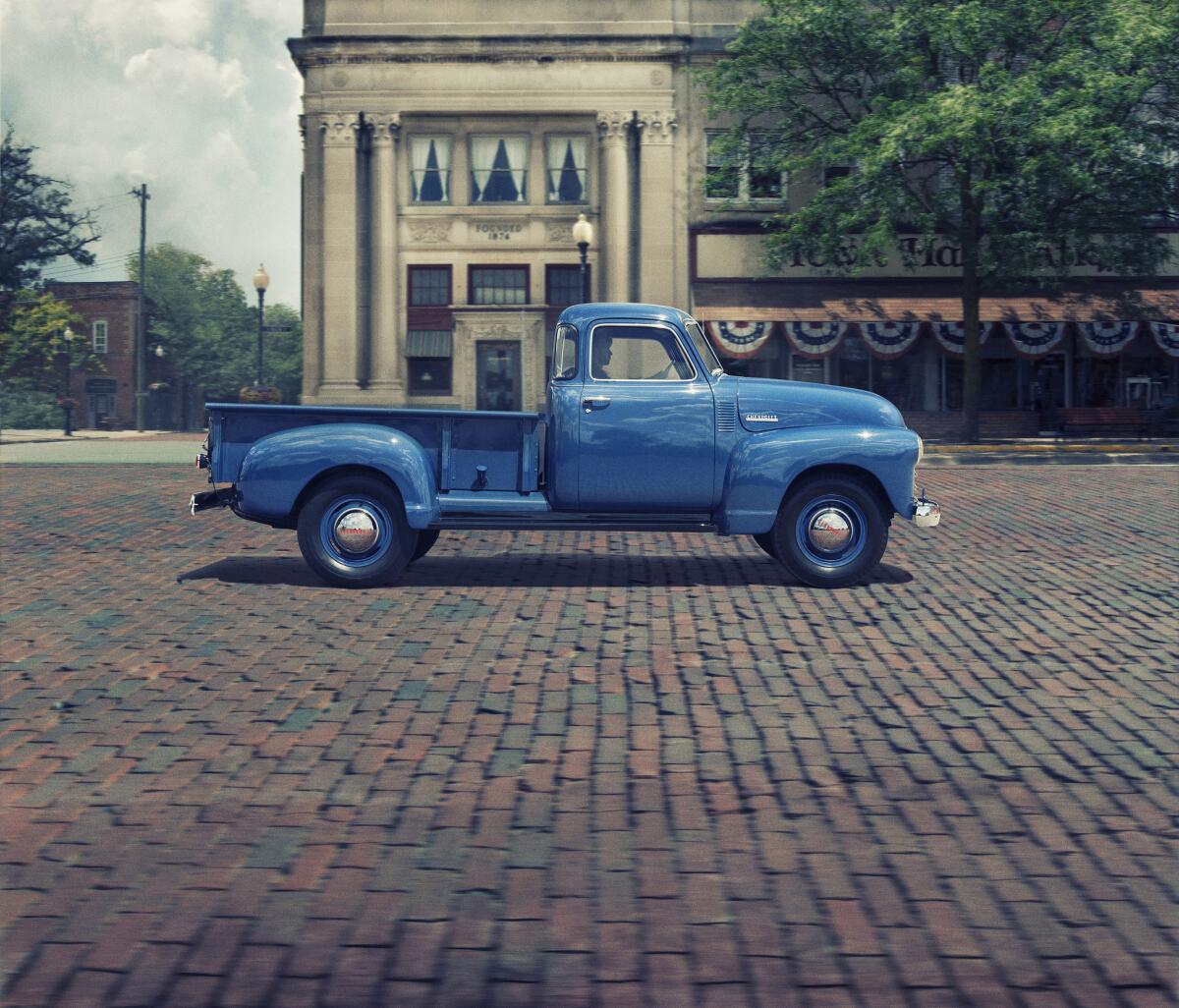
A hundred years ago, Chevy unveiled what has become its iconic truck. The original is described as “a rolling chassis featuring an open cab” with a body that cost extra. The 1947 3100 series is considered the beginning of what would define the truck’s signature look. To mark the occasion, Chevy is selling Silverado 1500 and Colorado centennial editions, or you can go online below to visit a sort-of virtual museum.
Info: Chevy at 100
Sign up for The Wild
We’ll help you find the best places to hike, bike and run, as well as the perfect silent spots for meditation and yoga.
You may occasionally receive promotional content from the Los Angeles Times.




